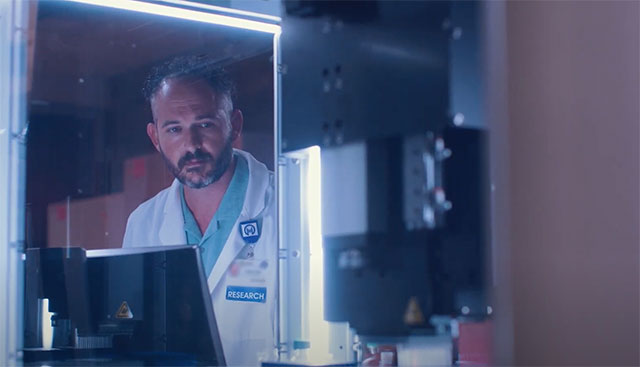
New Non-Small Cell Lung Cancer Biomarkers Found
Examination of multiplexed images of tissues has recently emerged as a routine clinical procedure for cancer diagnosis and prognosis. The simultaneous detection of numerous biomarkers enables the interpretation of cellular states and the characterization of tumor-immune interactions in situ and at the single-cell level. However, image processing and the subsequent interpretive and predictive tools for multiplexed image data remain limited.
In this video, Dr. Sandhya Prabhakran discusses the background and findings of the study, "Distinct tumor-immune ecologies in NSCLC patients predict progression and define a clinical biomarker of therapy response" which was presented at the recent AACR 2022 Annual Meeting.
Moffitt researchers leveraged both single-cell and quadrat-resolution analysis of multiplexed imaging data and identified fundamentally distinct spatial ecologies between PD and SD patients. The ecology in PD patients appears to be primed for immune resistance even before treatment. This ecological diversity between SD and PD patients acts as a biomarker that enables accurate disease progression prediction.
If you’d like to refer a patient to Moffitt Cancer Center, complete our online form or contact a physician liaison for assistance. As part of our efforts to shorten referral times as much as possible, online referrals are typically responded to within 24 - 48 hours.
